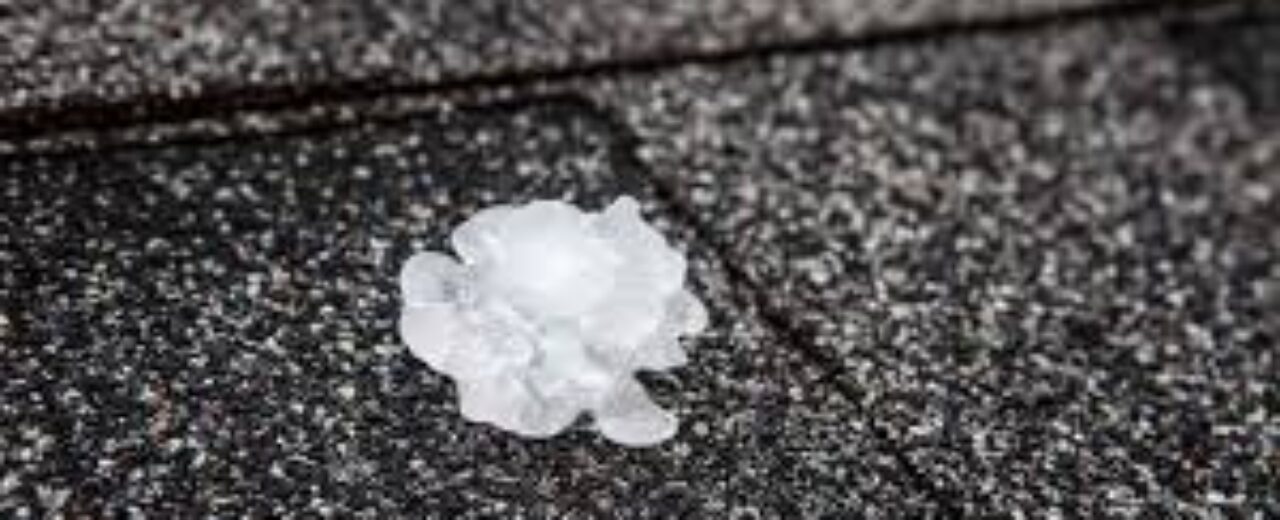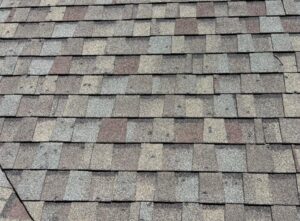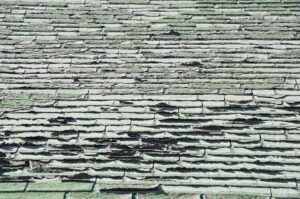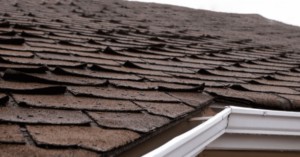Understanding Hail Damage: When to Call a Roofer
When a hailstorm rolls through, the damage it leaves behind isn’t always apparent—especially regarding your roof. While some hailstorms cause noticeable dents or broken shingles, others have more subtle signs that can quietly compromise your roof’s integrity over time. Knowing when to call a roofer after a storm can save you thousands in future repairs and protect your home from water intrusion, mold, and structural issues.
What Does Hail Damage Look Like?
Hail damage can vary widely based on the size of the hail, wind speed, roofing material, and roof age. Here are a few common signs:
- Bruised or cracked shingles may appear as dark spots or soft areas where the granules have been knocked off.
- Missing granules – Asphalt shingles are coated in granules that protect them from the sun. Hail impact can dislodge these, exposing the shingle to UV damage.
- Dents on metal components – Look at your gutters, downspouts, vents, and flashing. Dents in these areas are telltale signs of hail impact.
- Water leaks or stains inside the home—If water has gotten through your roof, you’ll often see staining on ceilings or walls.
It’s important to note that hail damage isn’t always visible from the ground or to the untrained eye. Sometimes, the damage is purely functional rather than cosmetic, weakening the shingles without outward signs.
Why Timing Matters
Waiting too long to inspect and repair hail damage can compound problems. Over time, even minor roof damage can lead to leaks, rot, and mold growth inside your home. Additionally, many insurance policies require claims to be filed within a specific timeframe after the damage occurs—sometimes as little as six months to a year. Delaying an inspection could mean missing out on a valid claim.
When to Call a Roofer
You should call a professional roofer in the following situations:
- After any significant hailstorm – A trained roofing contractor can identify hidden damage even if your roof looks fine from the ground.
- If your neighbors are getting inspections – Roof damage is usually consistent throughout a neighborhood. If others have their roofs checked or replaced, yours may also be compromised.
- Before filing an insurance claim, a roofer can document the damage, help you understand its extent, and even assist in the claims process.
A reputable roofer will offer a free or low-cost inspection and provide photos or a detailed report of any damage found. Be cautious of “storm chasers”—companies that swoop in after storms with high-pressure sales tactics. Stick with a local, licensed, and insured roofer who has a good reputation in your community.
Protect Your Investment
Your roof is your home’s first line of defense against the elements. After a hailstorm, don’t leave things to chance. A professional inspection ensures minor problems don’t turn into significant repairs down the road—and gives you peace of mind knowing your home is protected.







